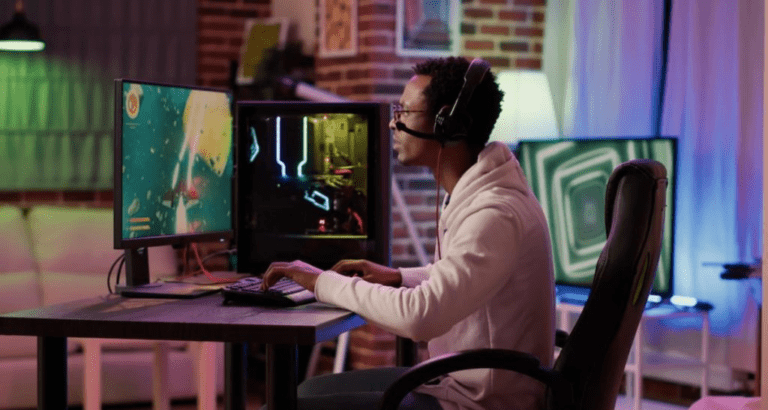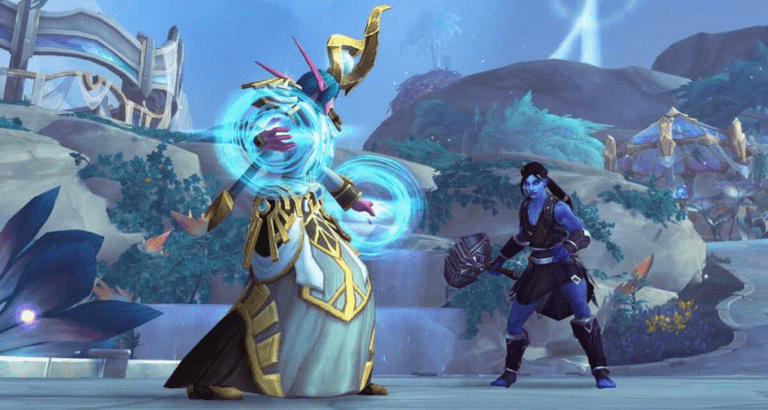In a world where digital interaction is increasingly replacing traditional social environments, video games have become more than just a form of entertainment. For millions of players across the globe, they serve as social spaces, support networks, creative outlets, and places of belonging.
This is especially true for games that build communities: titles designed or evolved to foster cooperation, competition, and shared experiences that bring people together in meaningful ways. Whether through guilds, team-based gameplay, or sandbox creativity, these games are shaping how players connect with each other on a deep, sustained level.
In this article, we’ll explore what makes certain games ideal for building communities, why these ecosystems of players thrive, and how developers are crafting experiences with social cohesion at their core. We’ll examine prominent examples like Fallout 76, Minecraft, League of Legends, and Stardew Valley, each a unique case of how online and hybrid experiences can transform gameplay into a collective adventure.
Along the way, we’ll also subtly consider how intentional design and technical precision, hallmarks of our work at Main Leaf, are essential to creating these immersive social platforms.
Understanding 4 games that build communities
Community-builder games refer to more than just titles with multiplayer options. It encompasses games that are either designed with social infrastructure built in or that naturally evolve to encourage player interaction, cooperation, and even governance. These communities aren’t simply fan bases, you see: they’re living ecosystems where players take on roles as creators, leaders, educators, and even peacekeepers.
For a game to truly build a community, it needs more than good mechanics. It must offer social incentives, freedom of expression, and systems that reward collaboration or competition in a balanced way. These games often have persistent worlds, customizable content, or events that rely on group participation. These elements ensure that players aren’t just playing next to each other, but with and because of each other.
Now, let’s talk about some of the main games that have had a lot of success in building a community since its release date.
Fallout 76: designed for digital cohesion
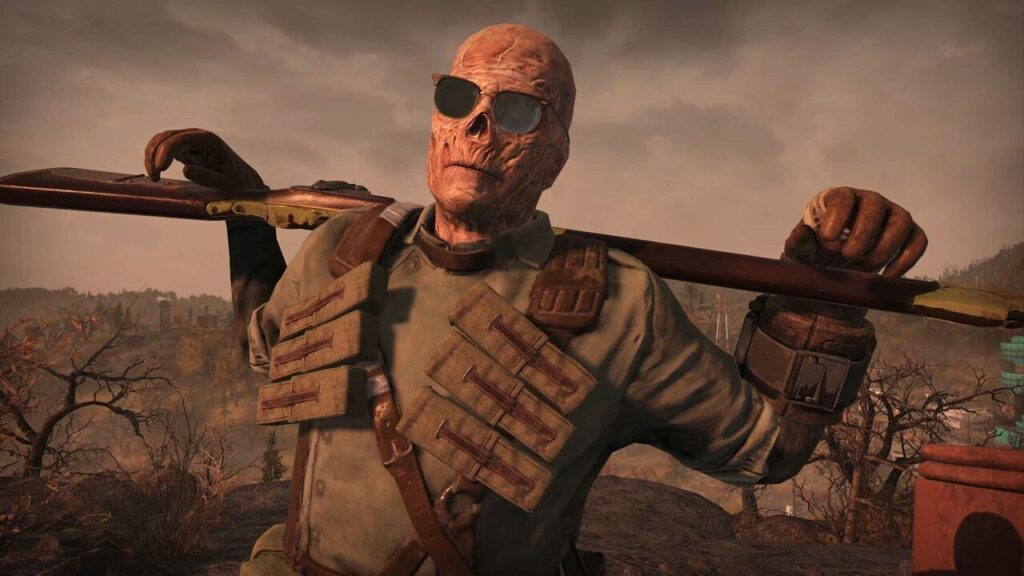
Bethesda’s Fallout 76 is perhaps one of the clearest examples of a game designed explicitly to foster a shared player experience. Unlike its single-player predecessors, Fallout 76 brought the post-apocalyptic world of Appalachia online, where every human character is another real player. This shift redefined the Fallout franchise, transforming it from a solo narrative into one of the games that build communities in real time.
In Fallout 76, players band together for survival, trade resources, and even form militias or settlement groups. Events like Scorched Earth or Fasnacht Day aren’t just content, they are social happenings that require cooperation. The game’s CAMP building system also allows players to express themselves creatively, and visiting each other’s structures is as much about social validation as it is about utility.
Despite a rocky launch, its community continued to grow and stabilize, proving that players were committed to the shared experience. That kind of loyalty is a signature trait of this entire list.
Minecraft: a blank canvas for infinite communities
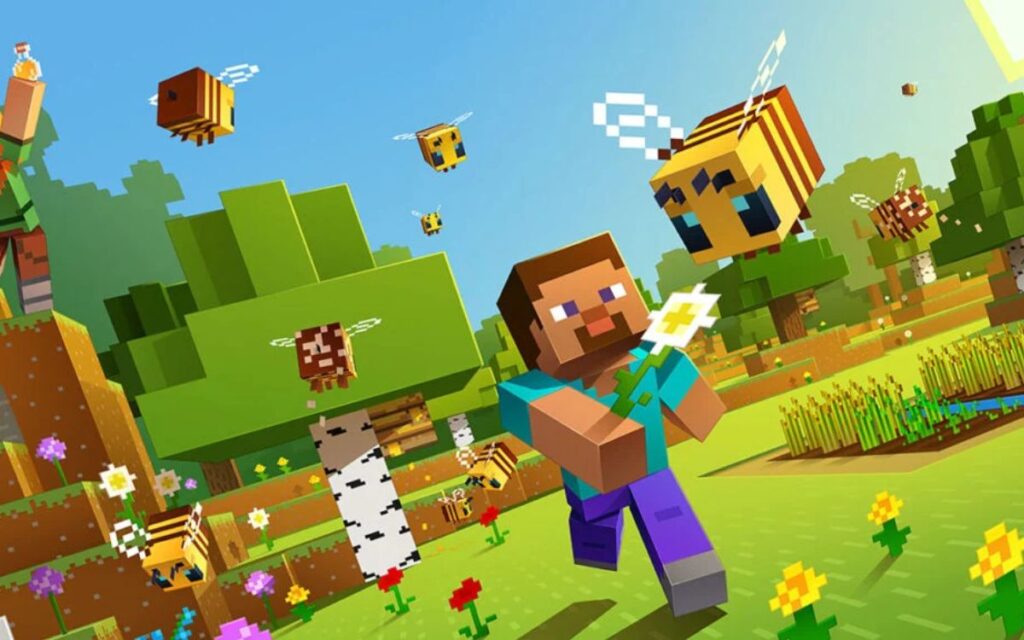
Come on: Minecraft is practically synonymous with the concept at hand. With its open-ended sandbox design, Mojang’s masterpiece provides a framework rather than a path.
Players craft the world itself, often building persistent servers with elaborate towns, economies, political systems, and mini-games. The freedom and flexibility of the engine enable players to form communities with unique goals, cultures, and even rules.
Unlike more structured games, Minecraft doesn’t enforce a central hub or global narrative. Its community is decentralized, which is its strength. Whether it’s a roleplaying server, a survival map, or a collaborative creative world, the community is what you make of it. Some servers become legendary, attracting thousands of regular users and fostering real friendships and rivalries.
This organic evolution is a core characteristic of games that build communities, and Minecraft continues to serve as a gold standard for how creative empowerment can lead to deep social bonds.
Stardew Valley: quiet connections in a digital village
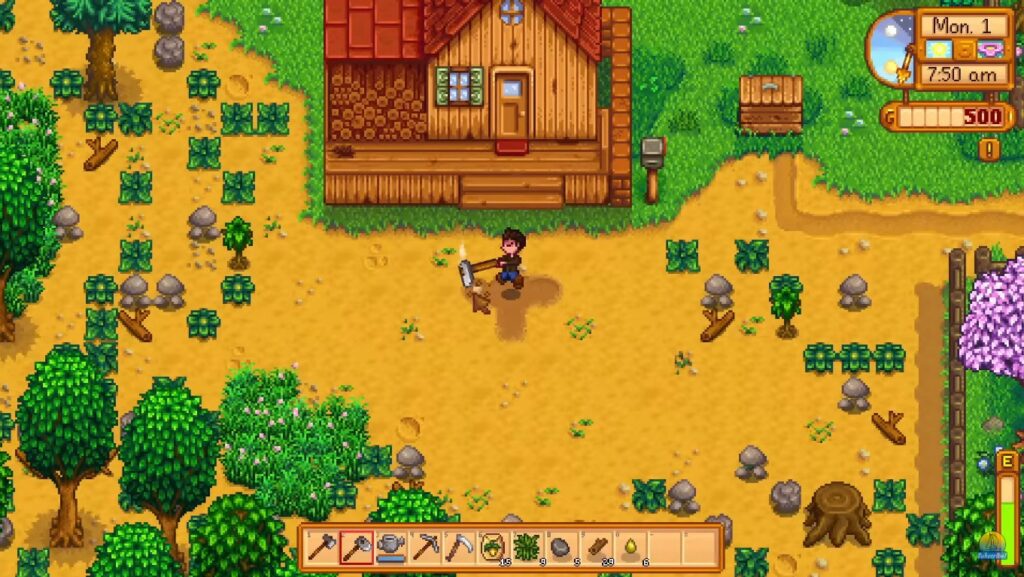
While Stardew Valley may seem like a calm, solo farming simulator at first glance, it is one of the most underrated games here. Initially released as a single-player experience, the game’s developer, ConcernedApe, later added multiplayer functionality that allowed up to four players to share a farm, divide labor, and live out rural adventures together.
What makes Stardew Valley special is the tone and intention of its community design. Players aren’t battling for dominance or grinding for rank. They’re fishing, planting crops, attending town festivals, and helping villagers with tasks. This slower pace fosters relaxed, often therapeutic interactions.
Many online groups have formed around sharing gameplay tips, mods, and personal stories related to their in-game lives. These relationships often extend into the real world, illustrating how even calm, cozy gameplay can cultivate strong connections.
League of Legends: competition as a social pillar
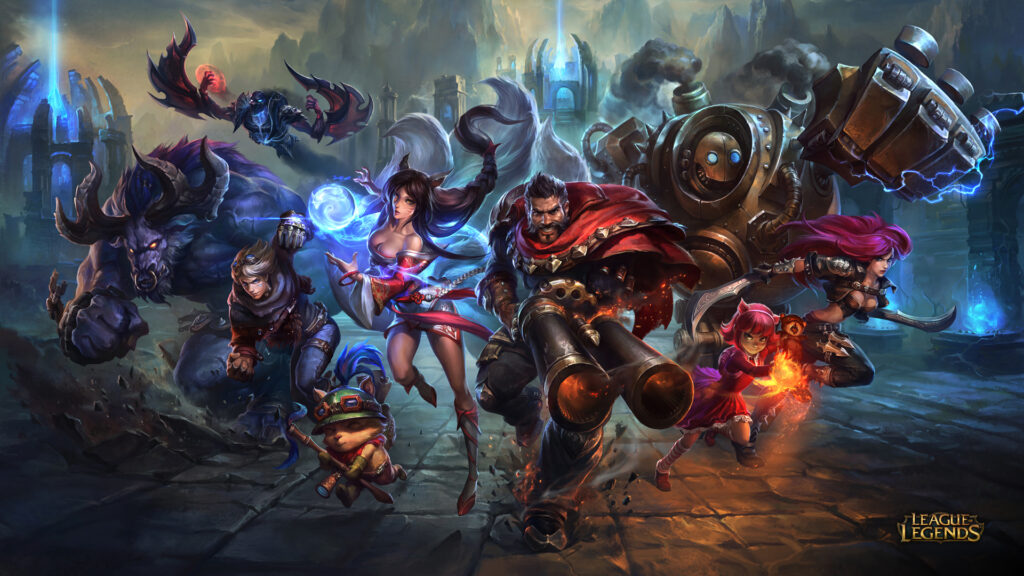
In contrast to the tranquil rhythms of Stardew Valley, League of Legends thrives on adrenaline and strategic mastery. Yet, it too is one of the most impactful games that build communities. Riot Games has spent years building an ecosystem of players, coaches, content creators, and professionals who orbit around this title. With organized ranked play, massive eSports events, and regional servers, the game unites players through both competition and collaboration.
One key element that makes League of Legends a strong community-builder game is its reliance on teamwork. Every victory requires synchronization between five players, each playing a unique role. While this can sometimes lead to frustration, it also forges bonds and promotes communication.
Over time, groups of friends form long-lasting teams, create Discord channels, or join community tournaments. Riot has further reinforced this with features like clubs, fan rewards, and frequent patch updates based on player feedback. These design choices help the game remain one of the most persistent on the competitive scene.
What developers can learn from community-builder games
Creating these games isn’t accidental; it involves intentionality in design, attention to player behavior, and a strong technical foundation. Shared spaces must be reliable, secure, and flexible. Communication systems need to be intuitive, moderation tools robust, and content updates regular to maintain engagement. Player-generated content, from mods to custom rulesets, should be supported rather than restricted.
Developers must also consider emotional intelligence. Communities thrive when players feel heard, represented, and safe. Whether it’s through diverse character options, inclusive narratives, or responsive customer service, player well-being is a foundational part of successful community-driven games.
At Main Leaf, we deeply understand the mechanics and emotional dynamics behind these experiences. Our team is composed of developers, designers, and project managers who have worked on a wide range of multiplayer and socially-driven titles. We know what it takes to design ecosystems that bring people together, whether through competitive strategy, cooperative creativity, or persistent world-building.
The rise of games that build communities reflects a larger trend: players don’t just want content: they want connection. In an age of remote work, digital nomadism, and shifting cultural norms, games offer a rare constant.
They are a space where identities are explored, friendships are forged, and stories are written collectively. Whether players are escaping reality or building a new one together, the bonds formed in-game often carry emotional weight long after the screen is off.
We aim to help build the worlds in which vibrant communities can grow. Whether through inventive programming, artistic direction, or project management, our expertise is grounded in delivering multiplayer and socially-driven experiences that resonate with players globally.If you’re looking to craft a title that fosters connection, creativity, and collaboration, our team is ready to help.
Visit our blog to learn more about how our skills can elevate your next project into a platform where communities thrive. Because in the end, the most powerful stories in gaming are the ones we write together.
